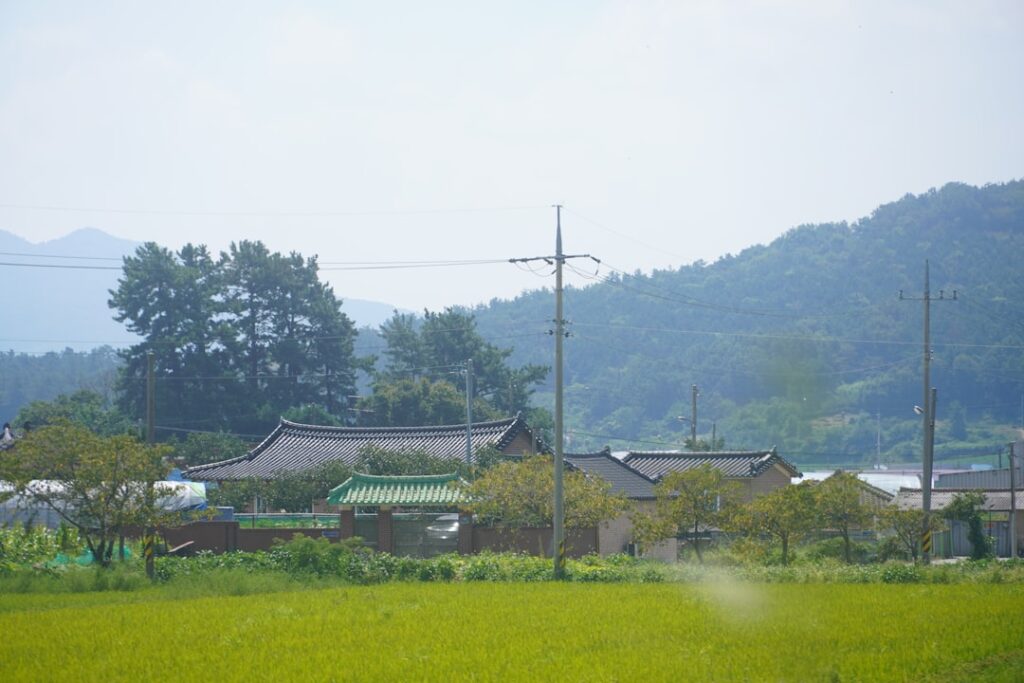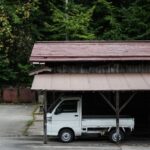Looking for a truly unique Japanese adventure? While many travelers flock to iconic sites like Mount Fuji or the buzz of Tokyo, a new wave of deeply immersive experiences awaits in the country’s rural heartland. Glamping and farm stays are booming, offering transportive escapes into the quieter, more authentic side of Japan. In this article, we dive into Japan’s latest countryside trends, reveal under-the-radar destinations beloved by locals, and share firsthand tales and essential tips so you can journey beyond the well-trodden path.
The Rise of Glamping and Farm Stays in Japan: Beyond Conventional Tourism
Over the past few years, glamping (a glamorous twist on camping) and farm stays have skyrocketed in popularity throughout Japan. Unlike traditional city sightseeing, these experiences invite guests to slow down and immerse themselves in the peaceful rhythms of rural life. Offered nationwide, from Hokkaido’s untouched landscapes to Kyushu’s rolling fields, glampsites are now appearing beside rice paddies, cherry orchards, and mountain streams.
The charm? It’s about waking up to golden sunrises, savoring meals made from ingredients picked just meters away, and cozying up in stylish tents or renovated kominka (traditional farmhouses). For urban dwellers yearning to unplug and travelers craving off-the-beaten-path adventures, this trend is a call to experience a deeper, sustainable Japan—one where each stay supports local communities and traditions.
Hidden Gems: Local-Approved Glamping & Farm Stay Destinations
Ask any in-the-know Japanese local, and they’ll tell you the magic of rural glamping is in places few foreign tourists reach. Top of the list is Nagano, famous for its alpine scenery, mountain-ringed farmlands, and clear star-drenched skies. Here, glampsites often combine modern comfort with rustic charm—a soak in an outdoor wooden bath followed by farm-to-table feasts is par for the course.
Over in Hida Takayama (Gifu Prefecture), you can sleep beneath thatched roof farmhouses that evoke the nostalgia of old Japan, surrounded by fields and rivers. The Hida region is known for its hearty countryside cuisine and deep-rooted agricultural traditions, making every farm stay a cultural exploration.
Other recommended areas include the Shonai region of Yamagata (where fish, rice, and sake culture run deep), Shikoku’s Iya Valley (ancient vine bridges, forested peaks), and the peaceful Oita countryside in Kyushu. Each destination offers unique scenery and seasonal activities, from cherry blossom picnics to autumn harvest fests.
From Dusk to Dawn: What It’s Like to Stay with Japan’s Rural Hosts
“Welcome!” beams Mrs. Nakamura, an organic farmer in Nagano, as she hands over a basket and leads guests into endless rows of tomatoes and eggplants. This isn’t just an overnight stay—it’s a memorable immersion in rural hospitality. Visitors can harvest vegetables, help plant rice, or even join locals making handmade soba (buckwheat noodles).
After a farm-fresh dinner—think salt-grilled river fish and miso soup with just-picked greens—the evening often ends soaking in a steaming goemonburo (traditional outdoor bath) under the stars. And when the lights go out in the fields and mountains, a black velvet sky comes alive: the Milky Way, untarnished by city glow, arches overhead.
For those seeking hands-on connection, many hosts in Takayama invite guests to join local festivals, learn to pound mochi, or simply sit and share stories over homemade plum wine. You’ll leave not just with beautiful photos, but with a sense of belonging to a slower, gentler rhythm of life.
Why it Matters: Sustainability, Community, and the Joy of Local Food
The rise of countryside glamping and farm stays goes far beyond novelty: it represents a rising desire among travelers (and modern Japanese) for meaningful, sustainable tourism. By staying at local-run accommodations and eating hyperlocal foods, visitors support revitalization of rural communities, many of which have struggled with population decline.
Culinary experiences are another highlight. Meals typically feature rice from adjacent paddies, mountain vegetables, river fish, and pickles cured by hand. Many hosts share stories about culinary traditions, organic farming, and their efforts to protect nature. The result is a journey of taste that brings you closer to the landscape and people than city dining ever could.
For the eco-conscious, these experiences offer minimalist travel with a positive impact—less waste, more connection, and an investment in the preservation of Japan’s natural and cultural heritage.
Travel Smart: Tips for a Smooth Farm Stay & Glamping Experience
- Booking: Many rural accommodations book quickly—reserve 1-2 months in advance, especially for peak flower or harvest seasons. Websites like Japanican, Booking.com, and local tourism boards offer listings in English for some properties.
- Communication: English services are improving but not guaranteed—basic Japanese phrases and translation apps go a long way. Hosts are usually extremely welcoming!
- Etiquette: Respect quiet hours, participate in community activities with a smile, and always remove your shoes when entering farmhouses or tents.
- Seasonal Advice: Visit in spring (March to May) for blossoms, summer (June to September) for stargazing and lush fields, and autumn (October to November) for breathtaking mountain colors and harvest experiences.
Ready to escape the crowds and discover a side of Japan known mostly to its own people? By embracing rural glamping and farm stays, you’ll not only enjoy a deep sense of place—you’ll become part of the landscape and communities that make Japan infinitely fascinating.








